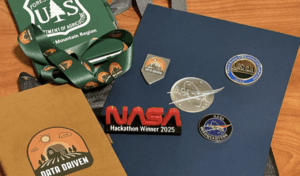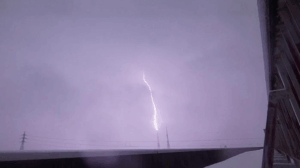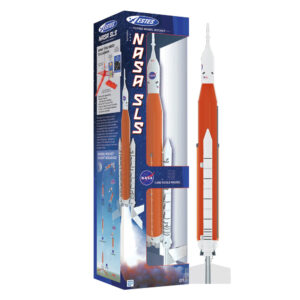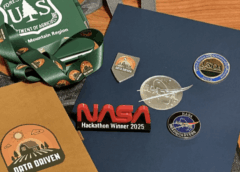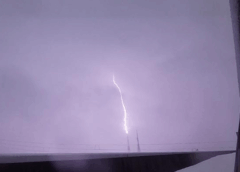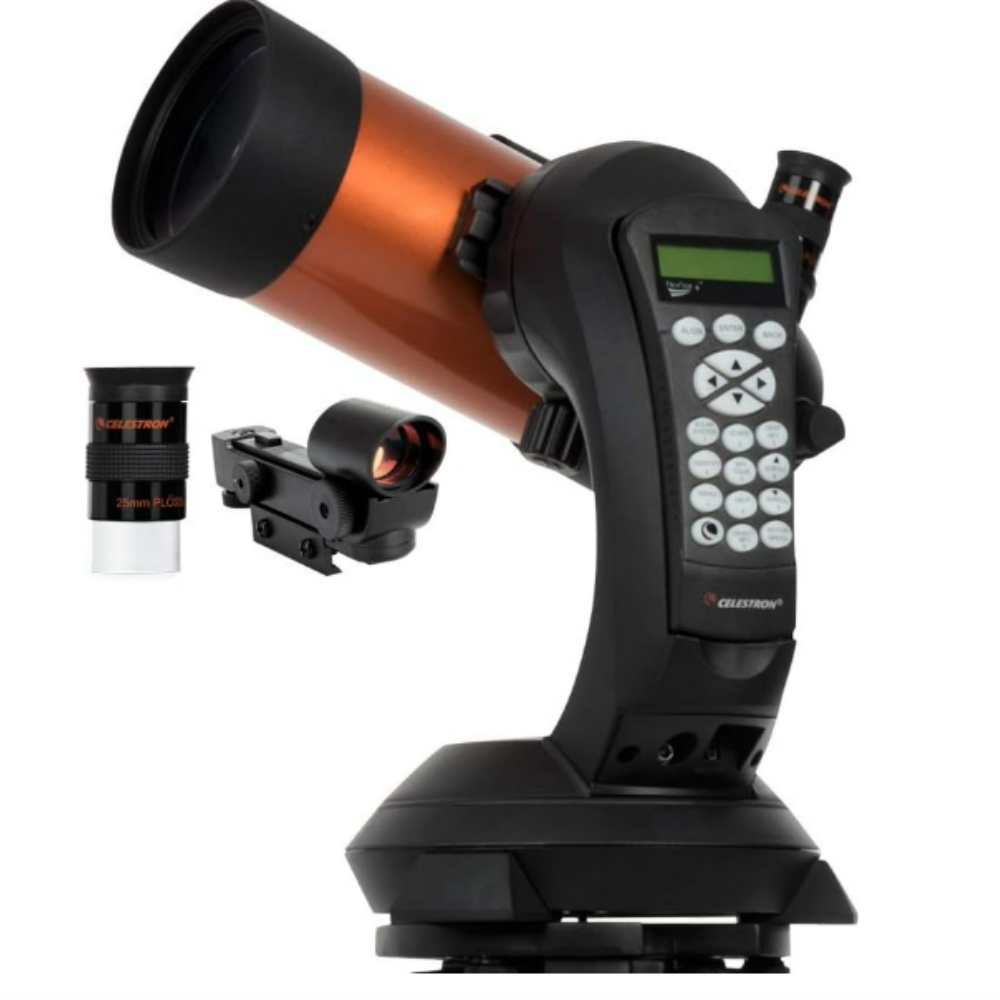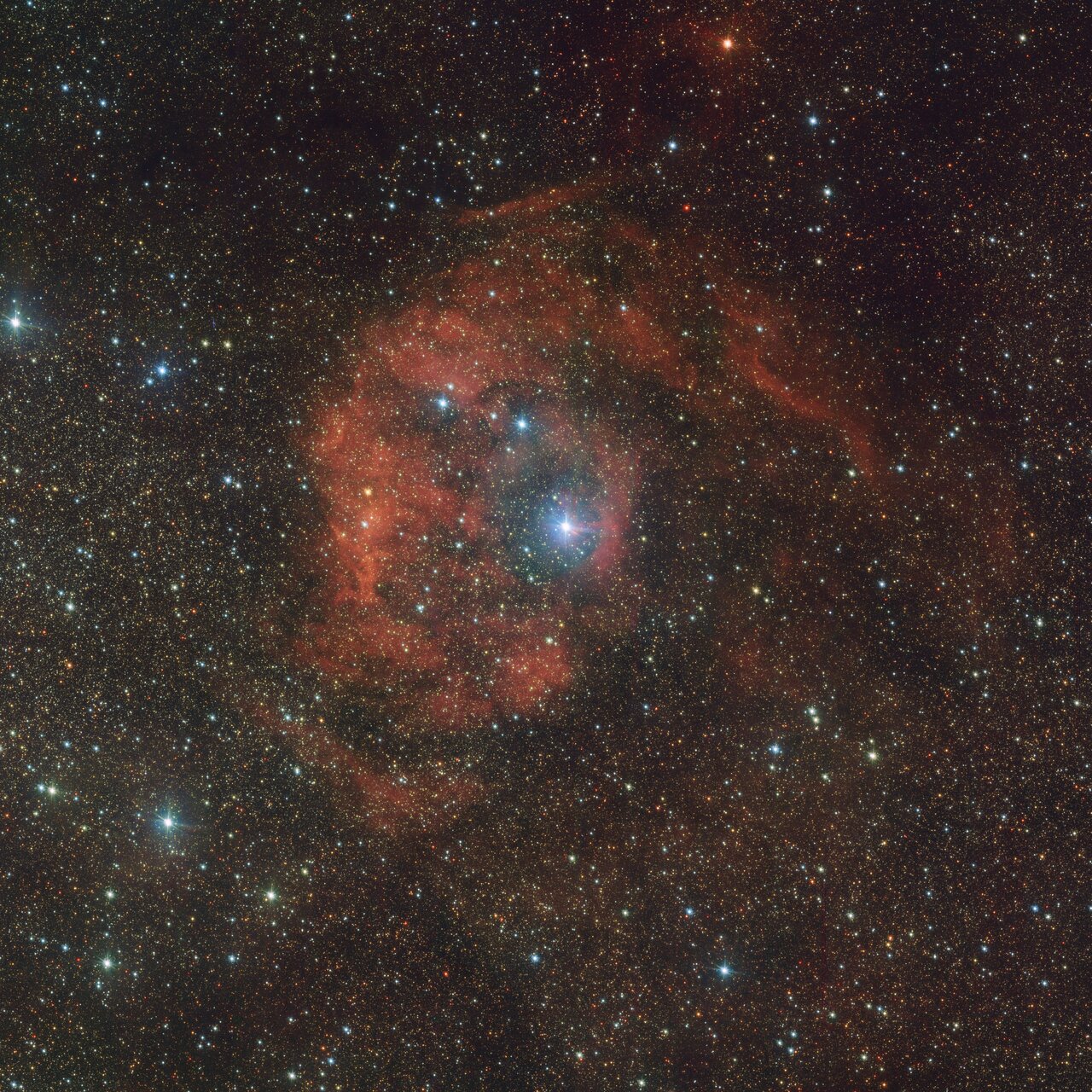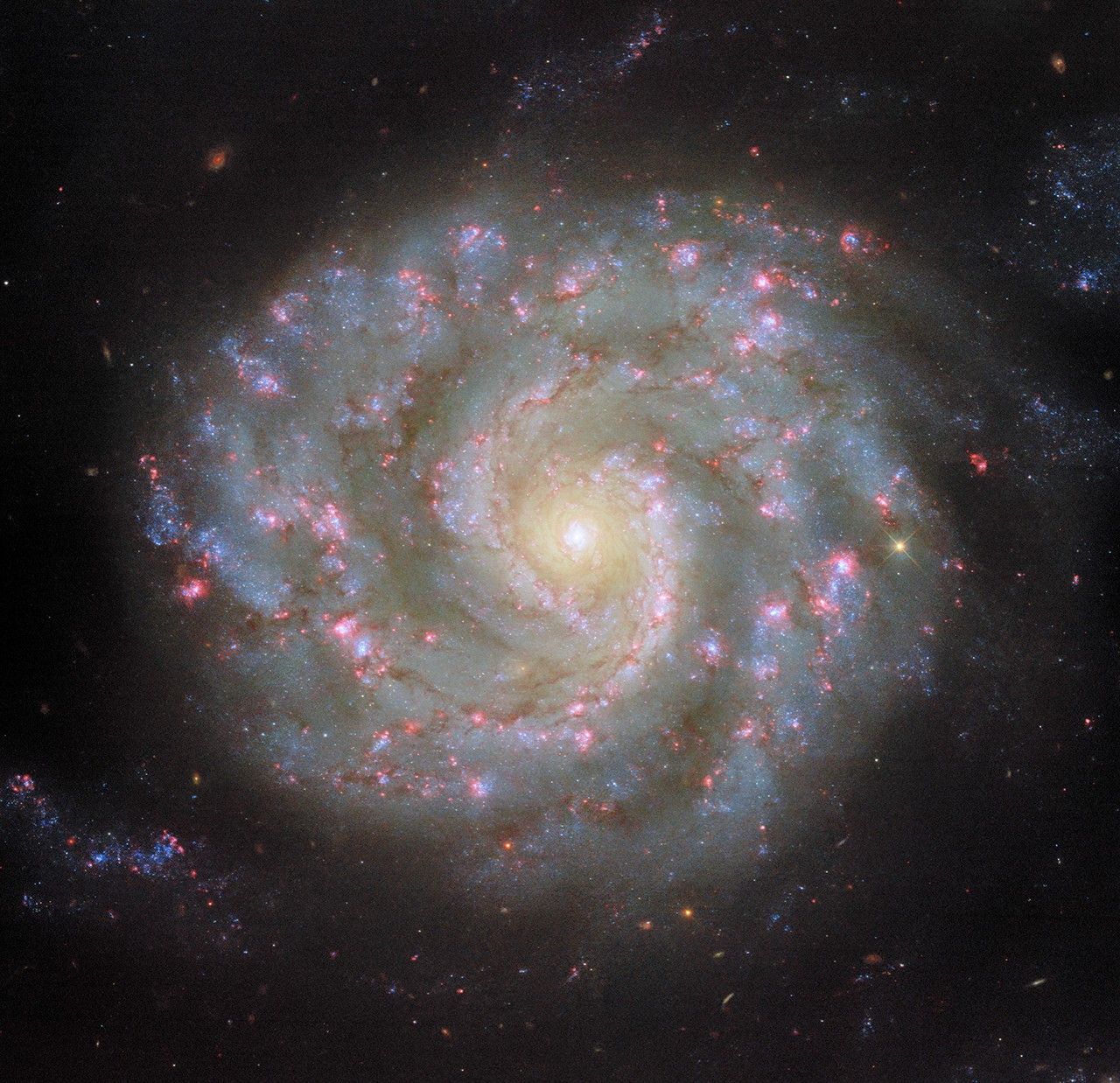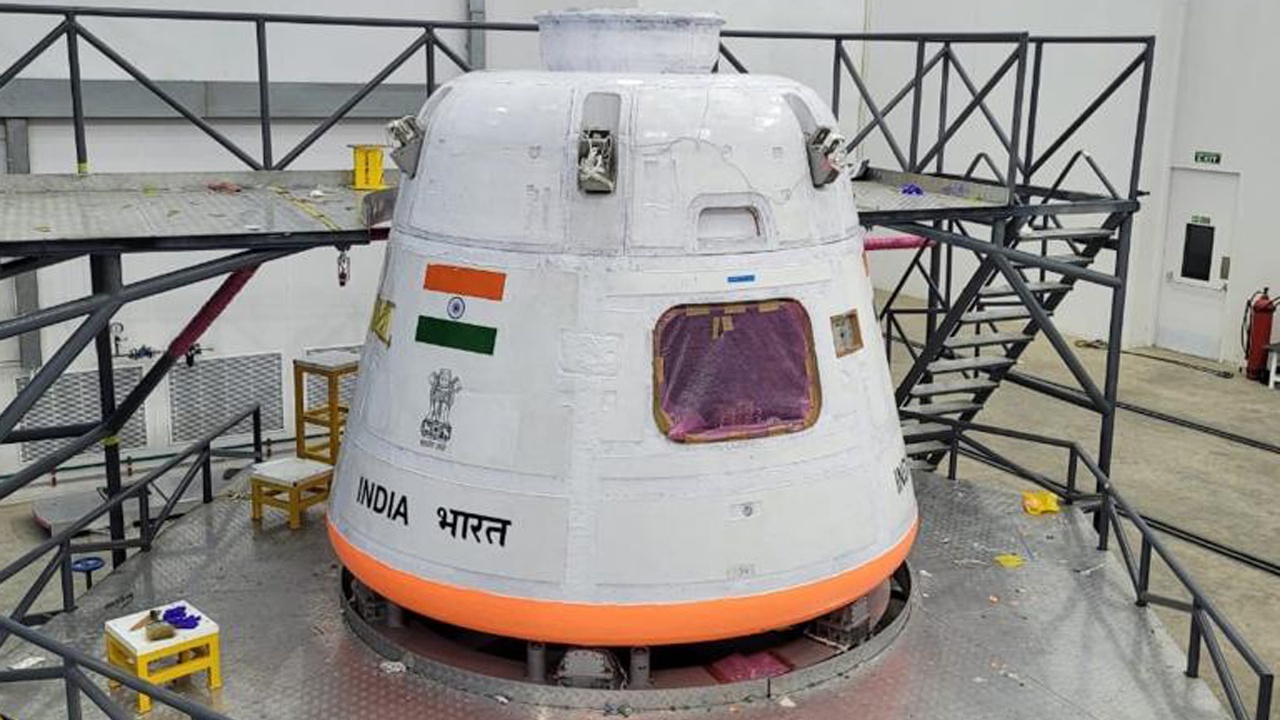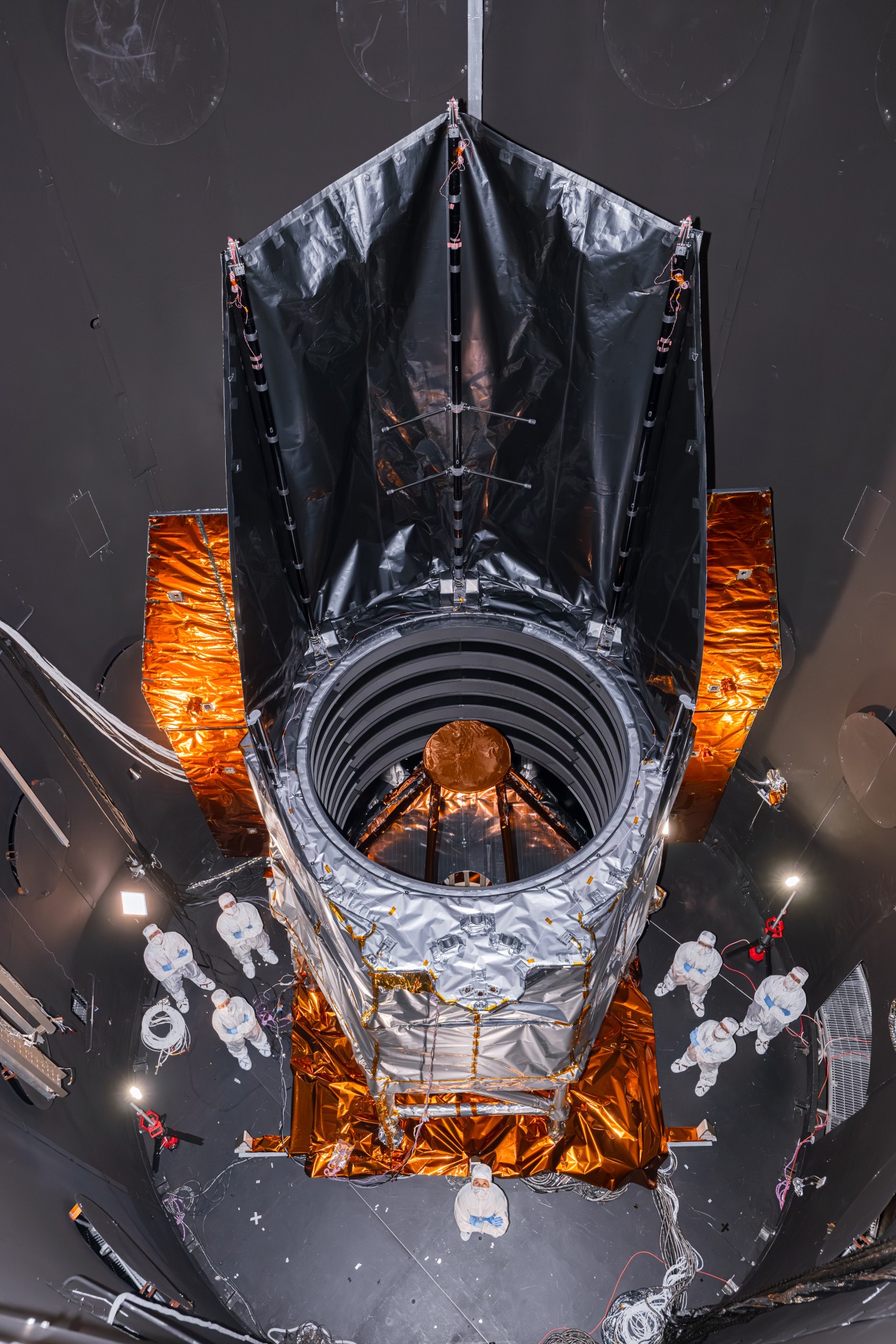The bright star Spica will appear to dance around Earth’s moon on the night of May 9. Here’s how to catch the celestial pair at play ahead of next week’s full ‘Flower Moon’. Stargazers should look for the moon and Spica hanging above the eastern horizon on May 9 after sunset. The waxing gibbous moon will shine brightly, with just a thin crescent of shadow along its edge. Look to its lower left after 10 p.m. local time — once astronomical twilight fades, the bright star Spica will become easier…
Read MoreZWO Seestar S30 all-in-one smart telescope review
ZWO’s entry into the smart telescope market is the Seestar S30, a compact and highly portable instrument. This model is available in both 30-mm- and 50-mm-aperture versions, but this review focuses on the former, which comes at a recommended retail price of just $349. But is the Seestar S30 the bargain of the century, or do you get what you pay for? ZWO Seestar S30 All-in-One Smart Telescope: Design The Seestar S30 has a compact, minimal design. (Image credit: Future) ★★★★ Compact design Very quiet mechanism Small 30-mm aperture, with…
Read MoreCosmic imposter bathes distant nebula in fiery red glow: ‘This star should not be here’
A dazzling new image from the European Southern Observatory’s VLT Survey Telescope in Chile has revealed an unusual cosmic tale unfolding 6,000 light-years away in the Serpens constellation. The snapshot features the vivid red nebula Sh2-46 — also known as Gum 80 — lit up in a fiery hue due to intense radiation coming from a brilliant blue-white star nestled at its heart. The stellar behemoth is among the rarest and most luminous stars in the universe, wielding significant influence over its surroundings. Despite its dominant presence, astronomers believe this…
Read MoreNASA Astronaut Anne McClain Works on Space Station
NASA astronaut and Expedition 72 flight engineer Anne McClain is pictured near one of the International Space Station’s main solar arrays during a spacewalk. NASA/Nichole Ayers In this May 1, 2025, photo taken by fellow NASA astronaut Nichole Ayers, Anne McClain works near one of the International Space Station’s main solar arrays during a spacewalk. During the May 1 spacewalk – McClain’s third and Ayers’ first – the astronaut pair relocated a space station communications antenna and completed the initial mounting bracket installation steps for an International Space Station Rollout…
Read MoreNASA Earns Two Emmy Nominations for 2024 Total Solar Eclipse Coverage
3 min read Preparations for Next Moonwalk Simulations Underway (and Underwater) NASA’s coverage of the April 8, 2024, total solar eclipse has earned two nominations for the 46th Annual News & Documentary Emmy Awards. The Academy of Television Arts & Sciences announced the nominations on May 1, recognizing NASA’s outstanding work in sharing this rare celestial event with audiences around the world. The winners are set to be unveiled at a ceremony in late June. “Total solar eclipses demonstrate the special connection between our Earth, Moon, and Sun by impacting…
Read More‘The Rocky Horror Picture Show’ returns to theaters later this year for 50th anniversary of Transylvanian aliens landing on Earth
Forget tossing Milk Duds and Diet Cokes during “Minecraft: The Movie” multiplex viewings, the original audience participation flick “The Rocky Horror Picture Show” is back in the news, celebrating its milestone 50th anniversary this year with a sparkling 4K UHD Blu-ray release en route for fans and special birthday screenings sometime later this year. Directed by Jim Sherman, “The Rocky Horror Picture Show” has become a cinematic cult classic that began life in London as a campy 1973 sci-fi horror stage musical written by eccentric actor Richard O’Brien. After a…
Read MoreIndia delays 1st Gaganyaan astronaut launch to 2027
India now plans to launch astronauts to space no sooner than 2027, shifting the goal post for the country’s first human spaceflight yet again. Indian space minister Jitendra Singh announced the latest delay during a press conference Tuesday (May 6), running through the progress of India’s crewed spaceflight program and providing an updated timeline for its first Gaganyaan crewed missions. The Indian Space Research Organisation (ISRO) is now targeting the first quarter of 2027 for its first astronaut launch, which was originally planned to fly in 2022. The landmark human…
Read MoreOur moon may have once been as hellish as Jupiter’s super volcanic moon Io
The moon spent a few million years as a volcanic wasteland, covered with ongoing eruptions that spewed from mountains and even from the ground itself. New research suggests that the moon’s orbit could have turned it into a molten monster for a few tens of millions of years. The result may have been comparable to Jupiter’s moon Io, the most volcanic body in the solar system. Early in the history of the solar system, a massive protoplanet plowed into a young Earth. The colliding material intermixed, then reformed into two…
Read MoreNASA Statement on Nomination of Matt Anderson for Deputy Administrator
President Trump has nominated Matt Anderson to serve as the agency’s deputy administrator. Credit: Photo courtesy of Matt Anderson Acting NASA Administrator Janet Petro issued the following statement regarding the nomination by President Donald Trump of Matt Anderson Wednesday to serve as the agency’s deputy administrator: “As a retired United States Air Force colonel and executive of the Space Force Association, Matt Anderson brings extensive knowledge of space operations, aeronautics expertise, and industry experience. If confirmed, he would join NASA’s leadership team at a time when partnerships and a sharpened…
Read MoreKey Portion of NASA’s Roman Space Telescope Clears Thermal Vacuum Test
One half of NASA’s nearly complete Nancy Grace Roman Space Telescope just passed a lengthy test to ensure it will function properly in the space environment. This photo shows half of the NASA’s Nancy Grace Roman observatory — the outer barrel assembly, deployable aperture cover, and test solar arrays — fully deployed in a thermal chamber at NASA’s Goddard Space Flight Center in Greenbelt, Md., for environmental testing. Credit: NASA/Sydney Rohde “This milestone tees us up to attach the flight solar array sun shield to the outer barrel assembly, and…
Read More